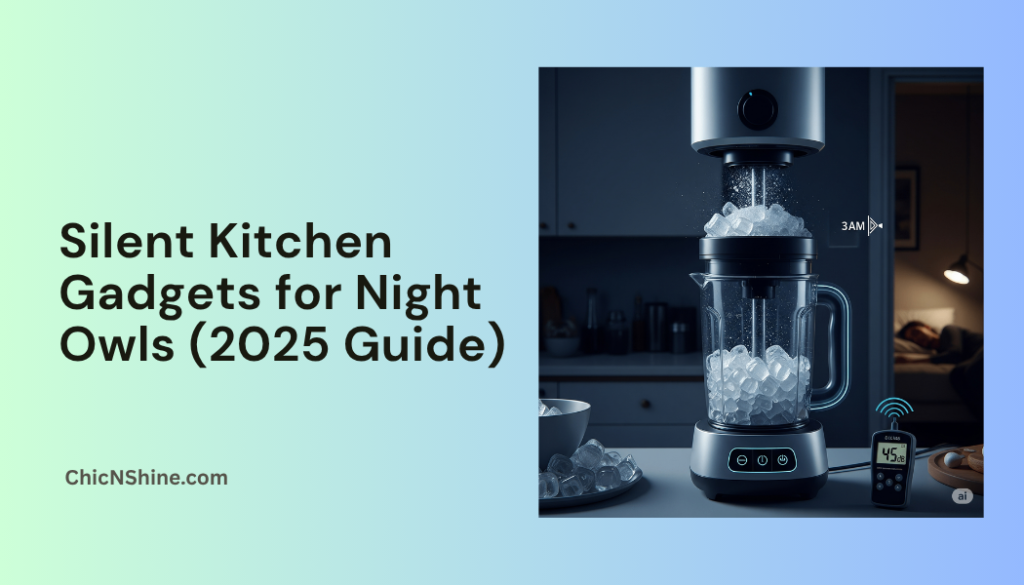Living as a confirmed night owl in a shared apartment for the past five years has taught me the art of midnight culinary adventures without becoming the household villain. My journey with silent kitchen gadgets for night owls began during my graduate school days when I’d find myself genuinely hungry at 2 AM, craving fresh smoothies or warm meals while my roommates slept peacefully just one thin wall away. The challenge of satisfying late-night cooking urges without triggering angry text messages or passive-aggressive notes became my mission, leading me to discover an entire world of whisper-quiet kitchen technology that has revolutionized my nocturnal lifestyle.
The transformation from noisy kitchen chaos to silent culinary sanctuary didn’t happen overnight, but rather through careful research, trial and error, and sometimes expensive mistakes with gadgets that promised quiet operation but delivered disappointing results. However, my persistence paid off when I finally assembled a collection of genuinely silent kitchen gadgets for night owls that allow me to maintain my preferred schedule while respecting my household’s sleep patterns. This experience has shown me that late-night cooking doesn’t require sacrificing flavor, nutrition, or creativity—it simply demands the right tools and techniques.
Understanding Sound Levels and Kitchen Acoustics
The science behind kitchen noise becomes critically important when you’re operating in stealth mode during sleeping hours. Most traditional blenders operate between 85-90 decibels, which is comparable to city traffic or a garbage disposal, while truly quiet alternatives can operate as low as 60-65 decibels, roughly equivalent to normal conversation levels. Through my experimentation, I’ve learned that decibel ratings don’t tell the complete story, as the frequency and quality of sounds matter just as much as their volume when it comes to sleep disruption.
Kitchen acoustics play a crucial role in how sound travels through shared living spaces. Hard surfaces like tile floors, granite countertops, and stainless steel appliances amplify and reflect noise, while strategic placement of sound-absorbing materials can significantly reduce noise transmission. My kitchen setup now includes rubber mats under appliances, soft-close cabinet doors, and even strategically placed dish towels to minimize the sharp sounds that tend to wake light sleepers.
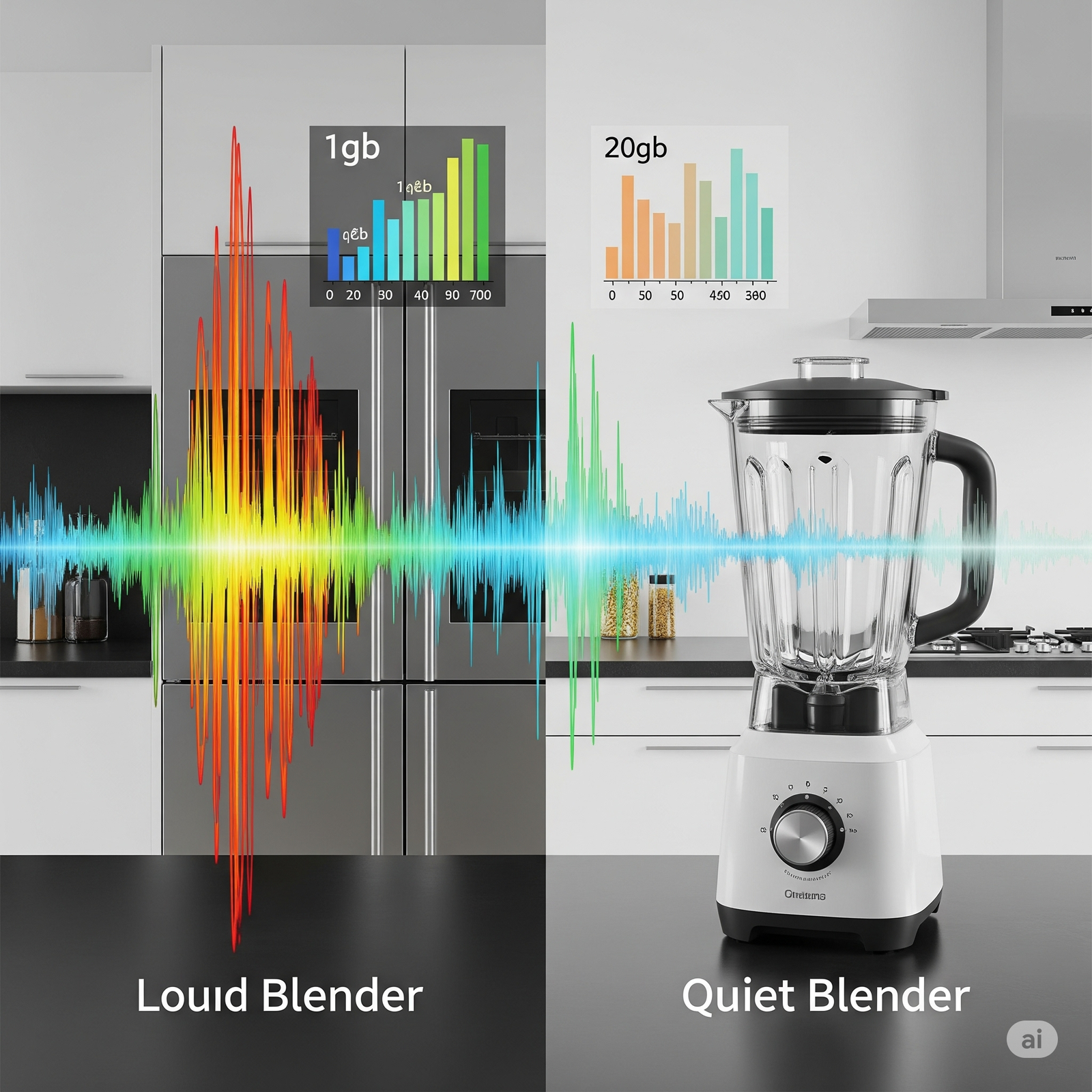
Revolutionary Quiet Blending Technology
The breakthrough in my silent kitchen gadgets for night owls collection came when I discovered sound-enclosed blenders that combine powerful motors with innovative noise reduction technology. These appliances use sound-dampening chambers and specially designed blade configurations to maintain blending efficiency while operating at whisper-quiet levels. My current favorite model operates so quietly that I can blend protein smoothies at 3 AM while talking on the phone without the person on the other end detecting any background noise.
Moreover, the advancement in motor technology has enabled manufacturers to create variable-speed blenders that start slowly and gradually increase power, eliminating the jarring startup noise that traditional blenders produce. This progressive acceleration feature has been a game-changer for my early morning smoothie routine, allowing me to gradually blend ingredients without the sudden motor roar that used to send my roommates into panic mode, thinking something had exploded in the kitchen.
Amazon Suggestion: Vitamix Quiet One Blender – Professional-grade quiet blending technology with sound enclosure, perfect for shared living spaces and night owls.
The precision engineering behind these quiet blenders extends to their blade design and container construction. Advanced models feature specially shaped containers that create optimal flow patterns, reducing the need for high-speed operation while maintaining smooth blending results. Additionally, the blade assemblies are balanced to minimize vibration, which not only reduces noise but also extends the appliance’s lifespan and improves blending consistency.
Whisper-Quiet Food Processors and Choppers
Food preparation often requires chopping, dicing, and processing ingredients that traditionally generate significant noise through rapid blade action and motor operation. However, my exploration of silent alternatives led me to discover food processors specifically designed for noise reduction without compromising performance. These units incorporate sound-dampening materials in their housing and feature specially designed locking systems that eliminate the rattling and vibration common in traditional models.
The innovation in quiet food processing extends to manual alternatives that provide excellent results without any electrical noise. My collection includes precision mandoline slicers, sharp ceramic knives, and ergonomic hand choppers that allow me to prepare elaborate midnight meals with only the gentle sounds of knife-on-cutting-board contact. These tools require slightly more time and effort compared to their electric counterparts, but they offer complete silence and often produce superior results for specific tasks.
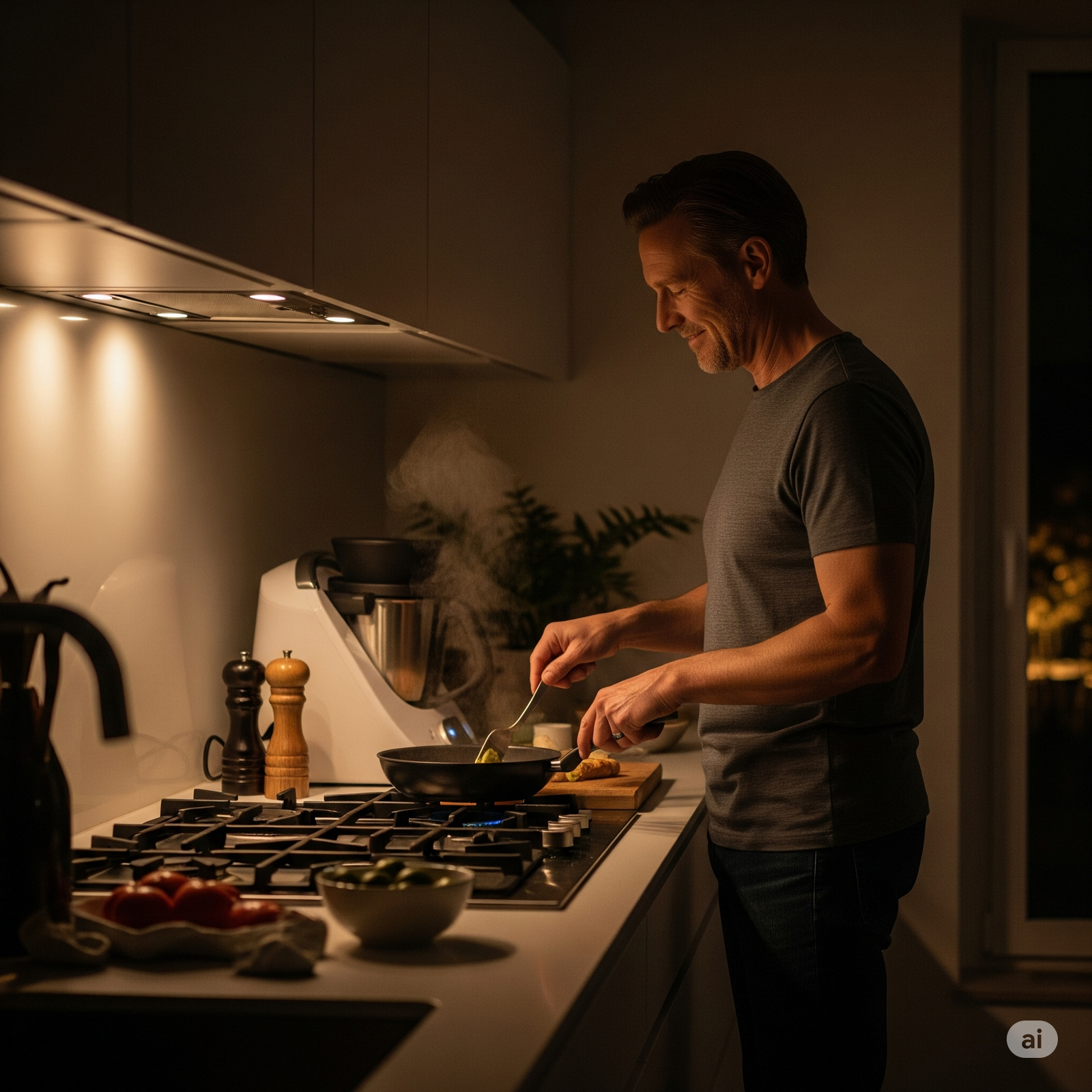
Mini food processors designed for single-serving portions have become essential components of my night owl kitchen arsenal. These compact units operate at significantly lower noise levels while providing perfect portion control for late-night snacking or meal preparation. Furthermore, their smaller size makes them easier to place on sound-absorbing surfaces, and their reduced capacity means shorter operation times, minimizing any potential noise exposure.
Silent Coffee and Tea Preparation
The ritual of preparing hot beverages during quiet hours requires special consideration, as traditional coffee makers and electric kettles can produce significant noise through brewing cycles, steam release, and heating element activation. My morning coffee routine now centers around a thermal carafe brewing system that completes its cycle silently, allowing me to wake up to fresh coffee without disturbing anyone’s sleep during the brewing process.
Electric kettles with temperature control and quiet operation have revolutionized my tea preparation habits, enabling me to heat water to precise temperatures for different tea varieties without the whistling, bubbling, or clicking sounds associated with conventional models. These advanced kettles often feature insulated construction that not only reduces noise but also maintains water temperature longer, reducing the need for reheating and further minimizing sound production.
Cold brew coffee systems have become my preferred method for ensuring a constant supply of coffee without any noise generation. These systems work through time rather than heat and agitation, producing smooth, concentrated coffee that I can dilute and serve hot or cold as needed. The preparation happens entirely in silence, and the resulting concentrate provides several days’ worth of coffee with just one preparation session.
Innovative Quiet Cooking Appliances
Induction cooking technology has transformed my ability to cook complete meals during quiet hours, as these cooktops generate heat through electromagnetic fields rather than traditional heating elements, resulting in precise temperature control with minimal operational noise. The responsiveness of induction cooking allows for quick adjustments without the fan noise or clicking sounds associated with electric and gas cooktops, making them ideal for night owl cooking adventures.
Steam cooking represents another silent approach to healthy meal preparation, with modern electric steamers operating so quietly that their gentle steam circulation becomes almost meditative background sound rather than disruptive noise. My multi-tier steamer allows me to prepare complete meals with vegetables, proteins, and grains simultaneously, all while operating at near-silent levels that won’t disturb sleeping household members.
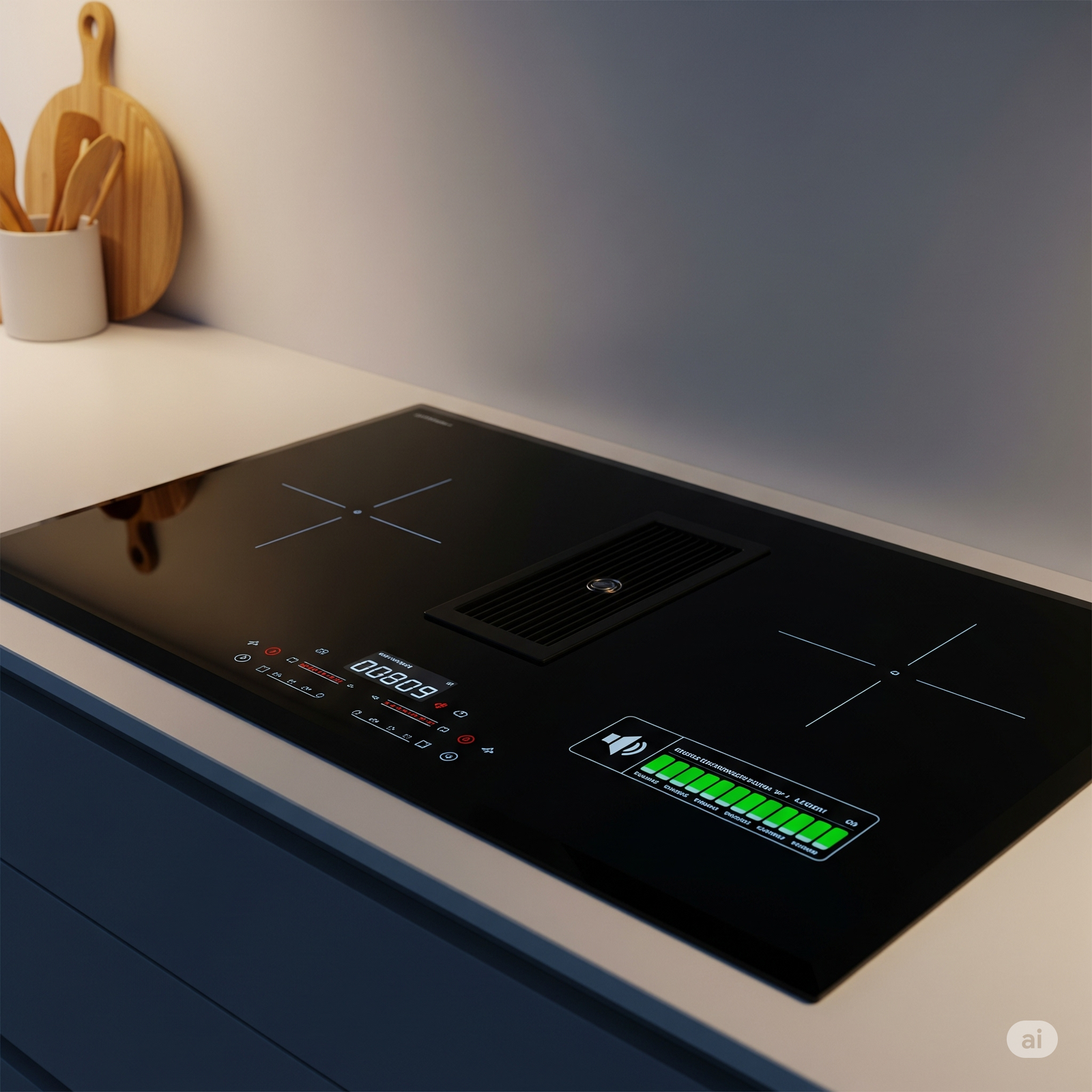
Slow cookers and pressure cookers designed for quiet operation have expanded my ability to prepare elaborate meals with minimal noise generation. Modern pressure cookers feature improved sealing systems and pressure release mechanisms that eliminate the sharp hissing sounds of older models, while programmable slow cookers operate with virtually no sound beyond gentle bubbling that’s barely audible even in quiet environments.
Strategic Kitchen Organization for Silent Cooking
The physical arrangement of kitchen tools and appliances plays a crucial role in minimizing noise during late-night cooking sessions. I’ve discovered that placing rubber mats under appliances not only reduces vibration transmission through countertops but also provides cushioning that absorbs operational sounds. Additionally, organizing frequently used items in easily accessible locations reduces the need for cabinet door slamming and drawer clattering that can wake light sleepers.
Sound-absorbing materials strategically placed throughout the kitchen can dramatically reduce noise reflection and transmission. My setup includes fabric storage containers instead of hard plastic ones, wooden cutting boards that produce softer chopping sounds compared to hard surfaces, and even decorative acoustic panels disguised as art pieces that help absorb kitchen sounds before they travel through the house.
User Experiences from Night Owl Communities
Reddit communities dedicated to night shift workers and natural night owls consistently discuss the challenges of maintaining normal eating patterns while respecting household sleep schedules. Many users report success with similar approaches to quiet cooking, emphasizing that the investment in silent kitchen gadgets for night owls pays dividends in improved relationships with roommates and family members. These real-world testimonials validate the importance of considering noise levels when selecting kitchen appliances for shared living situations.
Shift workers on Quora frequently mention the difficulty of preparing healthy meals during unconventional hours without disturbing daytime sleepers in their households. Their experiences highlight the broader need for quiet appliance options that extend beyond basic blending to include comprehensive meal preparation capabilities. Professional chefs working late shifts also contribute valuable insights about maintaining culinary standards while minimizing noise disruption in residential settings.
College students living in dorms and shared apartments represent another significant community that benefits from quiet kitchen solutions. Their discussions often focus on portable, compact appliances that can be used in small spaces without generating complaints from neighbors or roommates. These users particularly value appliances that deliver professional results while maintaining library-quiet operation levels.
Maintenance and Longevity of Quiet Appliances
The specialized engineering that goes into creating silent kitchen gadgets for night owls often requires specific maintenance approaches to preserve both their quiet operation and functional performance. I’ve learned that regular cleaning of motor vents and sound-dampening materials prevents dust accumulation that can increase noise levels over time. Additionally, proper lubrication of moving parts according to manufacturer specifications ensures that these precision-engineered appliances continue operating at their designed noise levels.
Quality, quiet appliances typically feature more sophisticated internal components compared to their conventional counterparts, making proper care essential for longevity. However, my experience has shown that well-maintained quiet appliances often outlast traditional models due to their precision engineering and reduced operational stress from vibration and excessive noise generation.
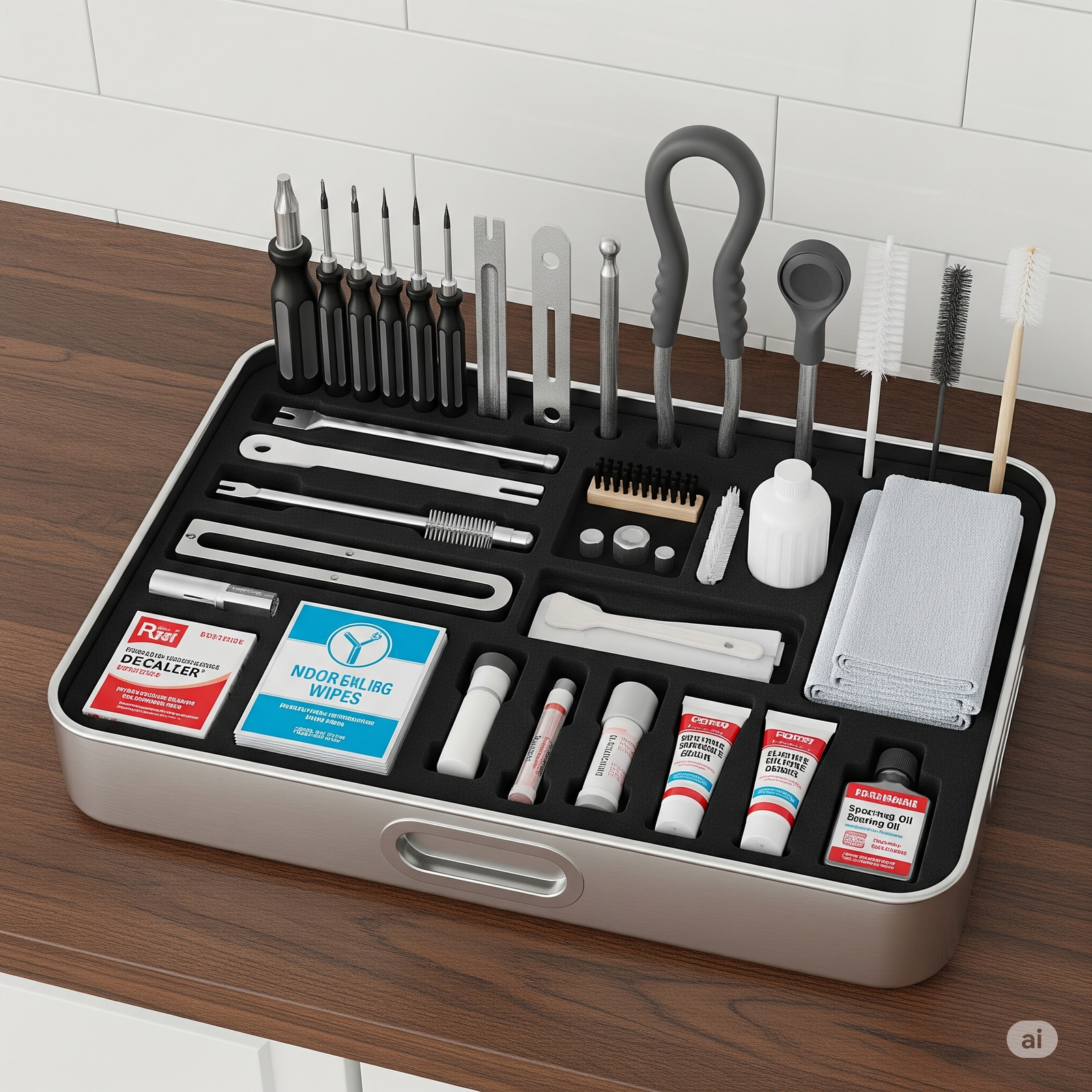
Cost-Benefit Analysis for Night Owl Lifestyles
While quiet kitchen appliances typically command premium prices compared to conventional models, the cost-benefit analysis strongly favors the investment when considering the social and lifestyle benefits they provide. My ability to maintain natural sleep patterns without restricting eating schedules has improved my overall quality of life and reduced stress in shared living situations. Furthermore, the advanced engineering in these appliances often translates to superior performance and longer lifespans, providing better long-term value.
The peace of mind that comes with knowing I can satisfy hunger or prepare meals at any hour without causing disruption has intangible value that extends far beyond the monetary investment. This freedom has allowed me to maintain healthier eating patterns aligned with my natural circadian rhythms, which has positively impacted my energy levels, productivity, and overall well-being.
Environmental Considerations and Energy Efficiency
Many quiet kitchen appliances achieve their reduced noise levels through advanced motor technology and improved efficiency, which often translates to lower energy consumption compared to older, noisier models. My electricity bills have decreased since transitioning to quiet appliances, as these models typically feature better insulation, more efficient heating elements, and smarter power management systems that reduce overall energy usage.
The durability and longevity of quality, quiet appliances also contribute to environmental sustainability by reducing replacement frequency and electronic waste generation. Additionally, the precision control offered by many quiet appliances reduces food waste by providing more consistent results and better portion control capabilities.
Future Innovations in Quiet Kitchen Technology
The growing demand for quiet appliances has sparked innovation in acoustic engineering and motor technology that promises even quieter operation in future kitchen gadgets. Manufacturers are investing in research and development focused on magnetic levitation motors, advanced sound isolation chambers, and smart operation algorithms that optimize performance while minimizing noise generation.
Smart home integration represents another frontier in quiet kitchen technology, with appliances that can be programmed to operate during specific quiet hours, adjust their performance based on ambient noise levels, and even communicate with sleep tracking devices to ensure optimal timing for food preparation activities. These innovations suggest that the future of silent kitchen gadgets for night owls will be even more sophisticated and user-friendly.
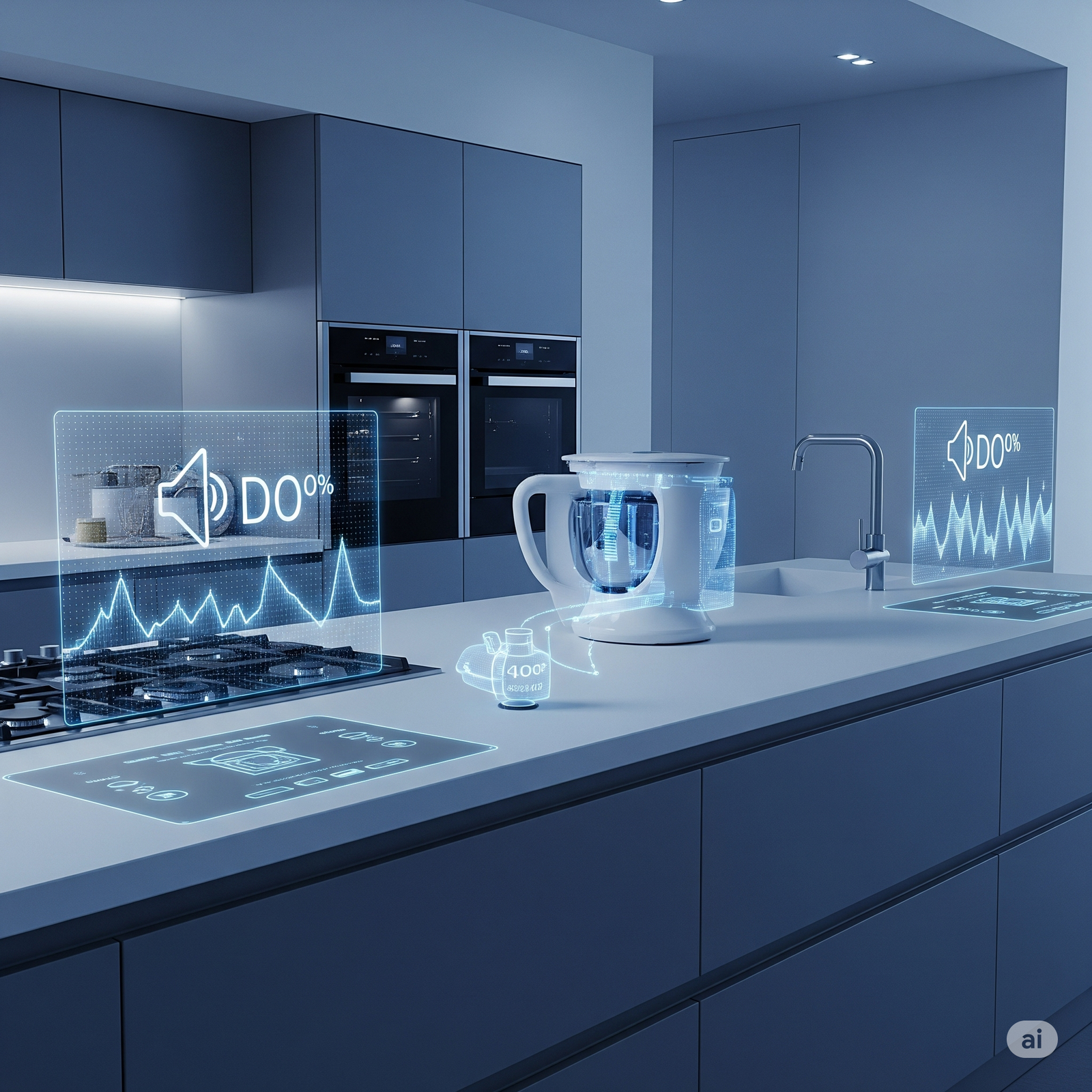
Building Your Quiet Kitchen Arsenal
Creating a comprehensive collection of quiet kitchen appliances requires strategic planning and gradual investment, as replacing all conventional appliances simultaneously can be financially challenging. My approach involved prioritizing the noisiest appliances first, starting with the blender, then moving to food processors, coffee makers, and finally larger appliances like cooktops and ovens. This phased approach allowed me to spread costs over time while immediately addressing the most disruptive noise sources.
The key to success lies in research and careful selection of appliances that truly deliver on their quiet operation promises. Reading user reviews, checking decibel ratings, and, when possible, testing appliances in person helps ensure that investments in quiet technology provide the expected noise reduction benefits. Additionally, considering the specific needs of your living situation helps prioritize which quiet appliances will provide the most significant impact on your lifestyle.
FAQs
What decibel level should I look for in quiet kitchen appliances?
For night owl cooking, aim for appliances operating below 70 decibels, with the quietest models operating around 60-65 decibels. This range allows for cooking without disturbing sleepers in adjacent rooms while maintaining adequate power for food preparation tasks.
Are quiet appliances as effective as traditional louder models?
Modern quiet appliances often outperform their louder counterparts due to advanced engineering and precision design. The focus on noise reduction has driven innovations that improve efficiency, consistency, and durability while reducing sound output.
How much more do quiet kitchen appliances typically cost?
Quiet appliances generally cost 20-50% more than conventional models, but the premium pays for advanced engineering, better materials, and specialized noise-reduction technology. The investment often proves worthwhile for improved quality of life and appliance longevity.
Can I retrofit my existing appliances to make them quieter?
While complete silence isn't achievable through retrofitting, you can reduce noise by placing rubber mats under appliances, ensuring proper maintenance, and adding sound-absorbing materials around your kitchen. However, purpose-built quiet appliances provide significantly better results.
- Also Check Out – 10 Smart Space-Saving Tricks for Small Indian Apartments
